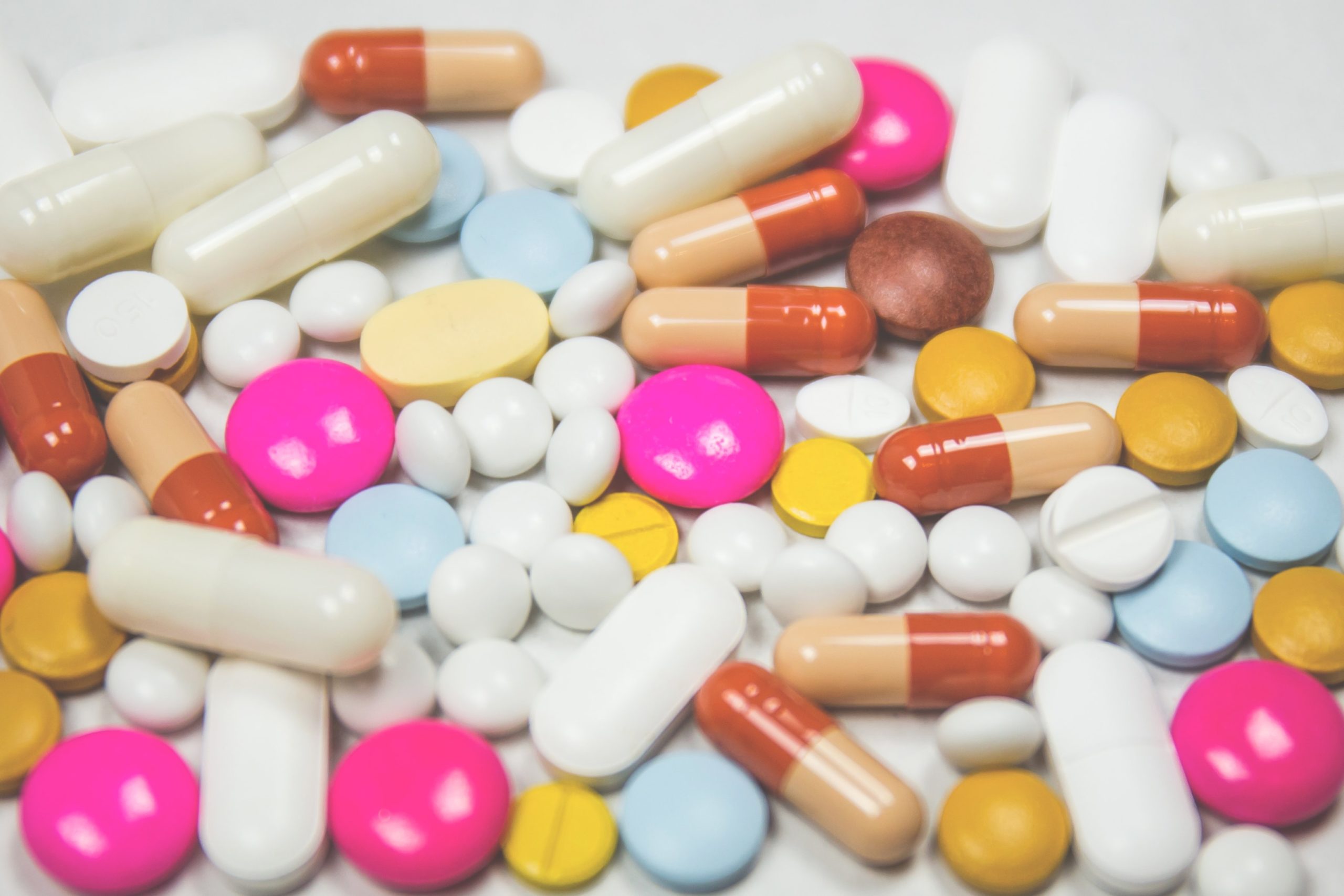
Medical Binders are a useful tool to help you and your family stay on top of their healthcare needs. Preparing a medical binder allows you to keep everything you need to make an informed healthcare decision, in a centralized location. Additionally, being prepared helps you advocate for the healthcare needs of you and your family.
What You Need To Create Your Medical Binder
Preparing a medical binder doesn’t take a lot of supplies, and what you do need can be found at your local home office store. Some of the supplies you can use to get started are:
Useful Sections for Your Medical Binder
After you’ve gathered all your supplies to create your medical binder, you’ll be ready to start organizing everything. Below are some useful recommendations and ideas on how to structure your binder so that it best benefits you and your personal needs.
1. Basic Information Sheets
Basic information sheets are a quick and easy way to capture important information about yourself and your family members. These sheets are especially handy in the case of an emergency.
Some information to include on your when creating a basic information sheet:
Other information you may consider including on a basic information sheet is your social security number and blood type. While keeping this binder in a safe and secure place when it is not in use is recommended, be sure to take extra security measures if you include social security numbers for yourself (or for any of your family members).
2. Appointments
This section of the binder is where the 3-hole calendar comes into play. Utilize the calendar to note when, where, with which medical professional, and why you have an appointment. To ensure you have enough time to make it to the doctor’s office in order to complete paperwork before your appointment, write down an arrival time that’s about 30 minutes before your official appointment is scheduled.
After an appointment, you can also use this section to chronologically store your doctor appointment summaries. If your doctor doesn’t provide you with a summary, write down what happened at the appointment. This includes recommendations the doctor made or treatment plans. When it comes to writing down what the doctor says, use your sticky notes or some loose-leaf paper to write down your notes during these conversations.
It may also be worth checking out your doctor’s website. Oftentimes, medical providers have blank forms on their websites. Printing off a few copies of these forms to have on hand for appointments could save time. You’d also have the luxury to fill them out at your own pace instead of trying to get them done in a hurry before the nurse calls you back.
3. Test Results
Depending on the current state of your health, this section could include several different things. Some things that are useful to have on hand are:
Usually, the images obtained from X-Rays, CAT scans, and MRIs are on CDs. These discs can be placed in plastic folder sleeves or sheet protectors. Don’t forget to include as much information about what’s on the disc as possible.
Things to label CDs with include date, location of imaging, the reason for imaging, the doctor that requested the testing, and any other information you think is important to someone that may need to use your medical binder.
4. Insurance
While there are many instances where a medical provider will already have your insurance information on file, it doesn’t hurt to have copies (or the actual cards) in your medical binder.
5. Articles & Research
Articles and research you’ve done are helpful to have in your medical binder. To advocate for your health, you may choose to do your own research. Another good idea for your research would be to note the date, time, and symptoms that prompted you to begin your own research. Having these organized and ready to give to your doctor can help when creating a treatment plan.
6. List of Medications
Another piece of information a both you and a medical professional will find useful, is a having a list of current and past medications. Information to include about your medications is:
It may also be helpful to keep a record of the side-effects you experienced while taking any of the listed medications.
7. Medical History
There are a lot of topics to include in the medical history portion of your medical binder. An important piece of information is any known allergies. You may also want to note the severity of the allergy, along with any other significant details to ensure you (or your loved one) gets the right treatment.
In addition to detailing allergies, your medical history should also list past and current diagnoses. Other items of useful note include hospitalizations, procedures, and surgeries.
Having all your important healthcare documents in a single location guarantees easy access and preparedness in the event of an emergency, though medical binders are a great resource to have even if there isn’t an emergency.
Ultimately, they can eliminate several stressors when it comes to medical related events. For example, you won’t have to fumble around for your insurance card when checking into the doctor’s office if it is neatly tucked in the insurance section of your binder. Similarly, if a medical professional asks you a question about your current medications, you have a designated tab to go for a quick reference.
Medical binders are a great way to stay organized and remain prepared for any situation.